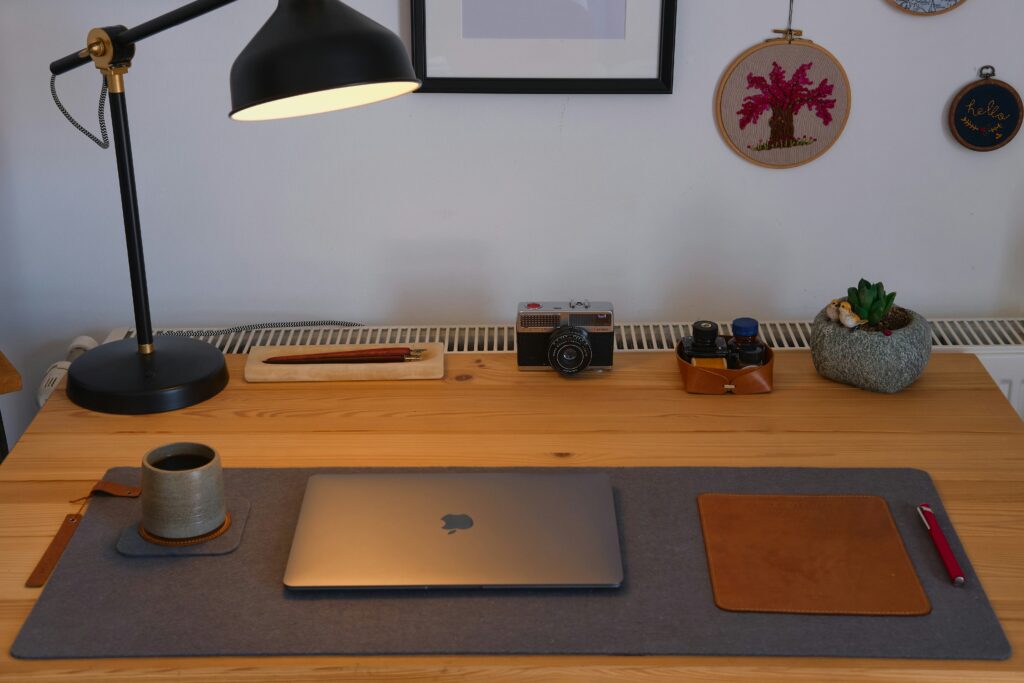The 2-Hour Focus Block: A Simple Strategy for Deep Work and Clarity
Do you ever sit down to work, only to find yourself bouncing between tabs, emails, and half-finished tasks? Hours pass, yet your to-do list barely shrinks. I know that feeling all too well—scattered energy, constant interruptions, and the quiet frustration of wondering where the time went.
That’s why I tried something simple: a 2-hour focus block. No notifications, no multitasking, just dedicated attention on one meaningful task. The results surprised me. Not only did I finish more in less time, but I also felt calmer, clearer, and less drained by the end of the day.
This article builds on the insights I shared in How to Learn Without Overwhelm — where we explored simplifying learning to reduce stress. Today, I’ll share how a 2-hour focus block can create the same sense of flow in your daily work. By the end, you’ll have a clear framework you can use this week to transform how you approach focus.
Why a Focus Block Works
The magic of the 2-hour focus block isn’t just about time—it’s about presence.
- Your brain loves single-tasking. Multitasking feels productive, but research shows it fragments attention.
- Boundaries create freedom. A fixed container of time makes it easier to start and stop with intention.
- Energy follows clarity. Knowing exactly what you’ll work on eliminates decision fatigue.
I used to spend entire afternoons “busy” but unfocused. In contrast, one 2-hour block feels more impactful than four distracted hours.
Key takeaway: Deep, undistracted work in a set block beats scattered effort stretched across the day.
How to Set Up a 2-Hour Focus Block

1. Pick the Right Time
Choose a window when your energy is naturally higher. For me, that’s late morning—after coffee, before lunch. For you, it might be early afternoon or evening.
2. Define a Single Priority
Ask: What’s the one thing that would make today feel meaningful if I finished it? That’s your focus block task.
3. Remove Distractions
- Silence notifications.
- Close extra tabs.
- Let others know you’ll be unavailable.
4. Create Rituals
Light a candle, play background music, or use noise-canceling headphones. Small cues signal your brain: this time is different.
Key takeaway: Structure, environment, and clarity are what make the block powerful—not just the clock.
What to Do During the Block

The 3-Phase Flow
- Warm-up (10 minutes): Review your notes, outline your steps, or simply breathe to settle in.
- Deep work (90 minutes): Focus fully on your task—writing, coding, designing, studying.
- Cool-down (20 minutes): Summarize progress, note next steps, and close the loop.
This rhythm keeps the block purposeful and prevents the mental “hangover” of stopping mid-thought.
Lessons I Learned From My First Week
After experimenting with daily 2-hour blocks, here’s what stood out:
- Less guilt. I no longer felt I had to “do it all.” One meaningful task per block was enough.
- Clearer progress. Instead of scattered effort, I had tangible results at the end of each session.
- Renewed energy. Oddly, I ended the day less tired because my attention wasn’t constantly split.
I’ll admit, at first I worried: What if I get interrupted? What if I waste the time? But once I trusted the process, it became a grounding ritual rather than a rigid rule.
Key takeaway: Even imperfect focus blocks create more clarity and progress than an entire day of distractions.
Connecting Focus Blocks to Learning Without Overwhelm

In How to Learn Without Overwhelm, I shared that real learning isn’t about collecting more—it’s about connecting ideas meaningfully. Focus blocks follow the same principle. Instead of trying to juggle ten tasks, you give your attention fully to one.
It’s a gentle reminder that simplicity creates flow. Whether you’re learning a new skill or finishing a creative project, a 2-hour block offers the breathing room to make it stick without pressure.
Tools That Help (Optional but Useful)
You don’t need fancy tools for a focus block, but a few can make the process smoother:
- Forest App – Stay off your phone with a simple tree-growing timer.
- Notion – Organize tasks and track progress after each session.
- Noise-canceling headphones – A lifesaver for blocking background chatter.
I personally use Notion to log each block. Seeing a growing list of completed sessions is motivating—it’s like a quiet record of meaningful progress.
If you’re curious, Notion has been one of my favorite tools for creating simple, distraction-free systems.
Conclusion
A 2-hour focus block may sound small, but its impact can be huge. By carving out intentional space for deep work, you:
- Gain clarity by focusing on one priority.
- Protect your energy from scattered attention.
- Build momentum through consistent progress.
If you’ve been feeling pulled in too many directions, I invite you to try just one block this week. Pick one task, set the timer, and let yourself be fully present.
And if you’re also rethinking how you approach learning, check out my earlier post, How to Learn Without Overwhelm. Together, these practices can help you build a calmer, more focused rhythm for growth—without the burnout.





